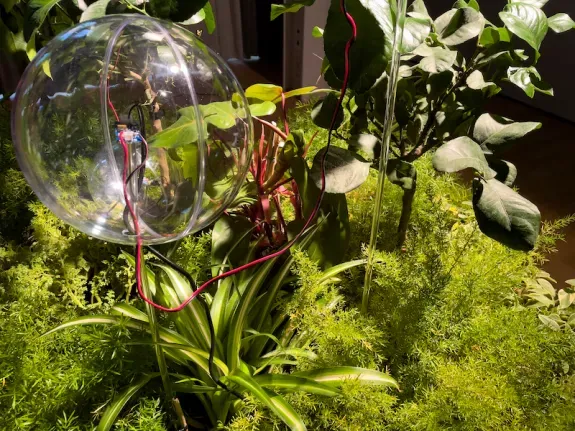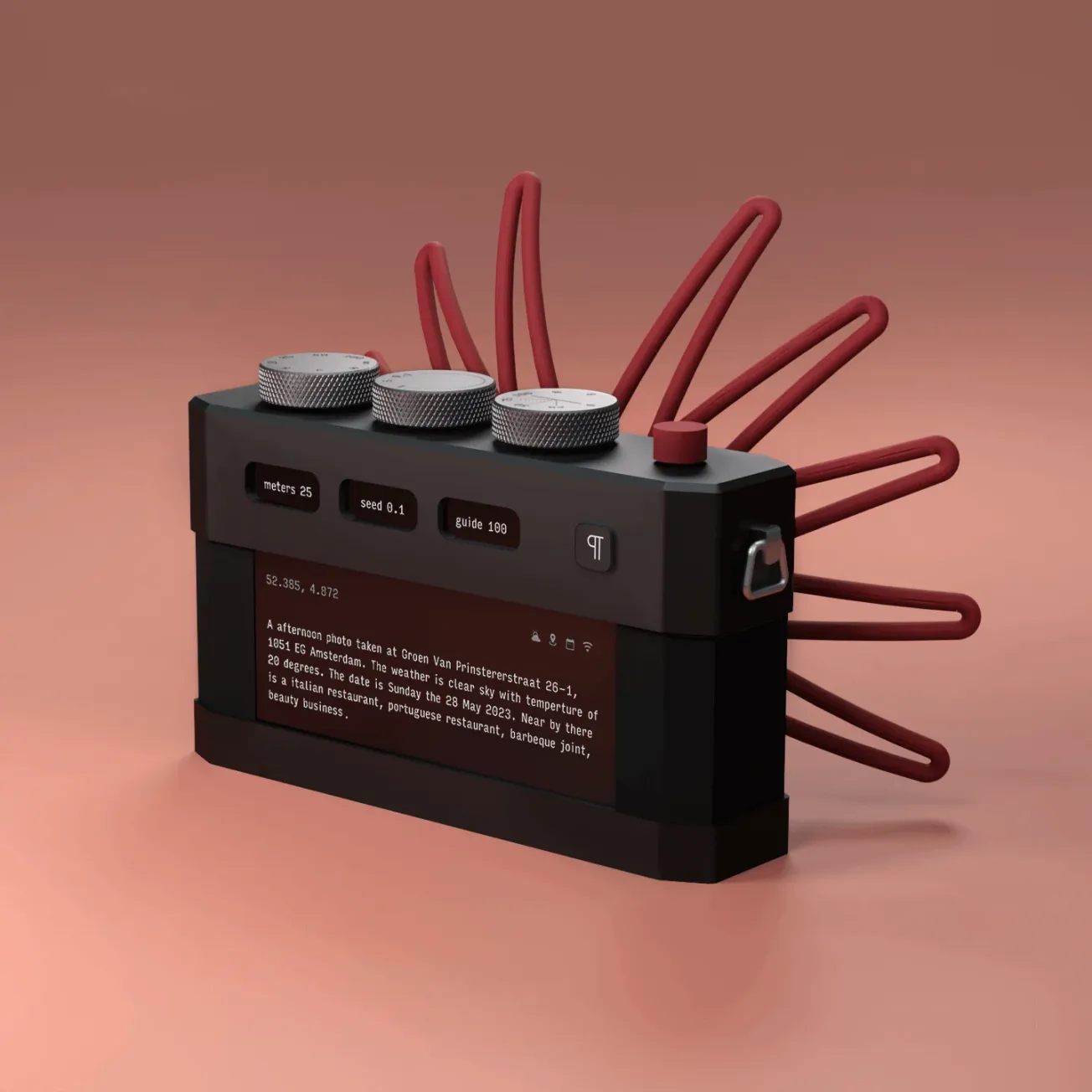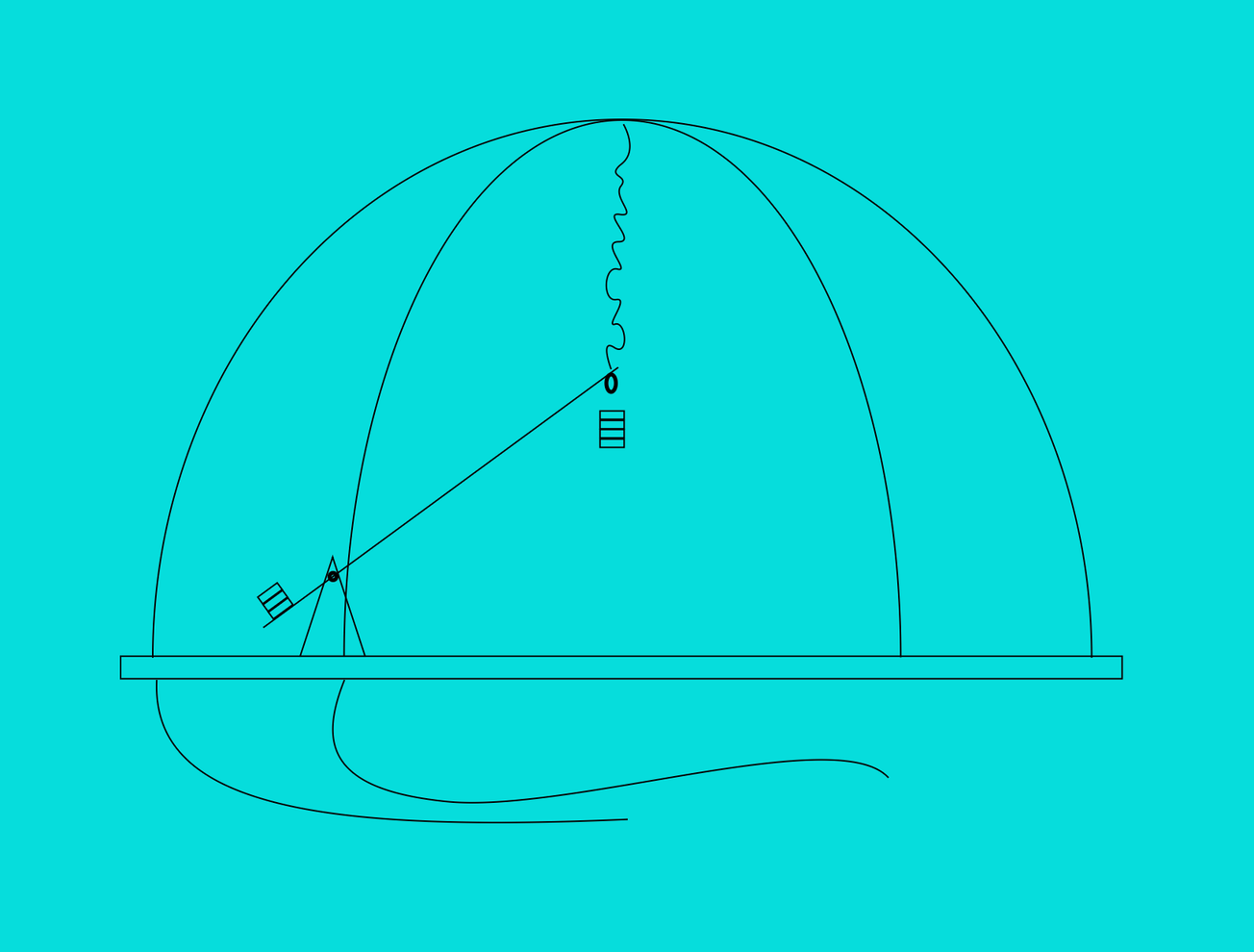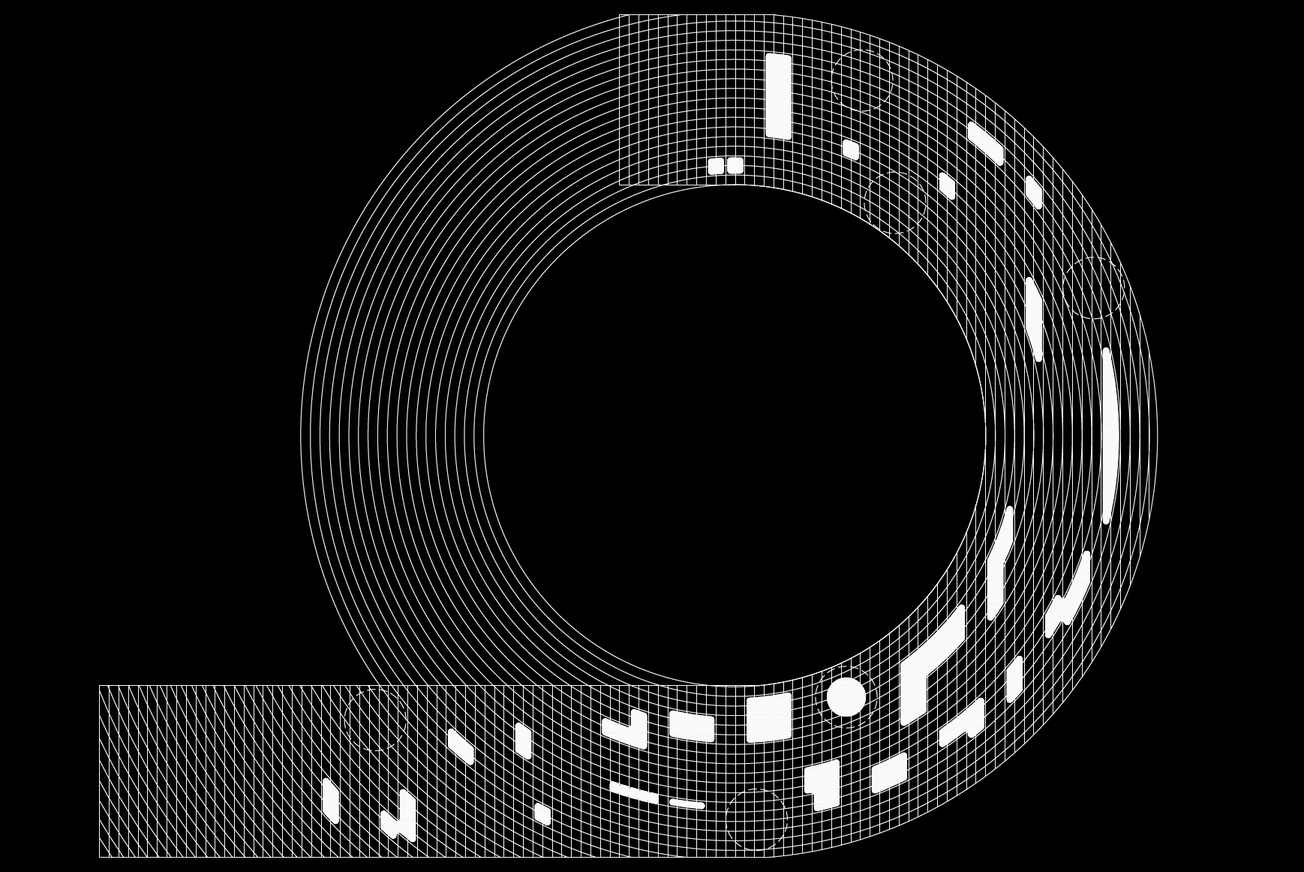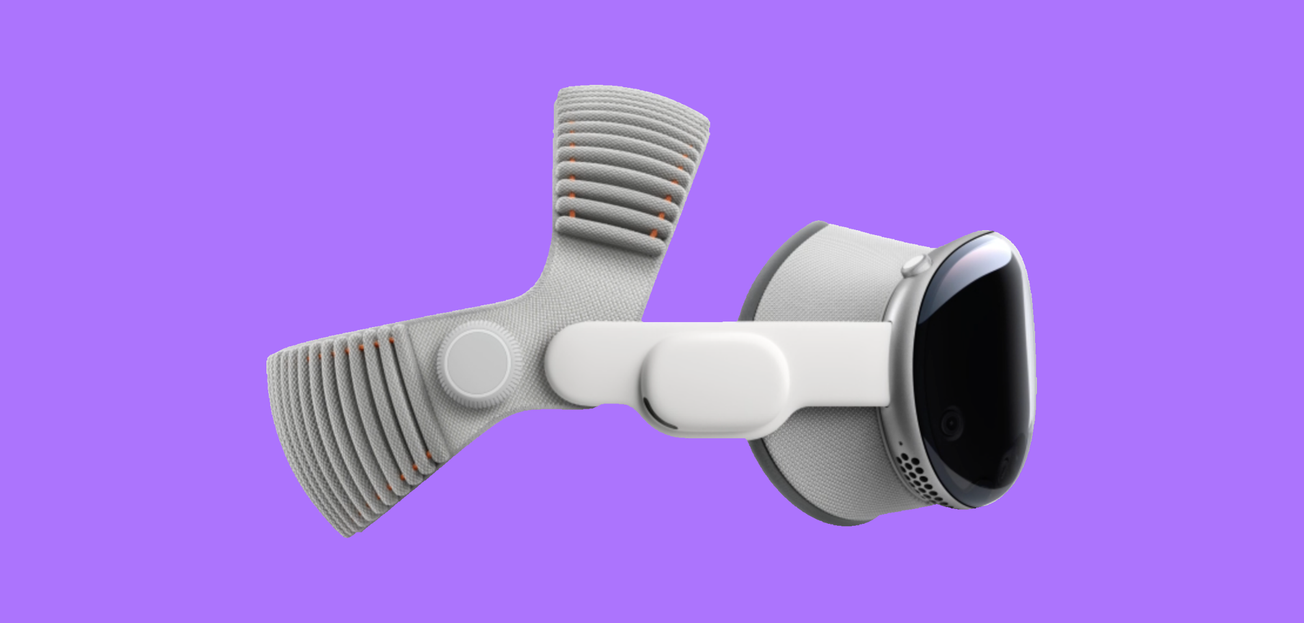With ecological relationships as its starting point and drawing on plant intelligence research, The Plant Intelligence Plan challenges how humans perceive and interact with the natural world. The work recognizes the initiative and rights of plants, using biotechnology tools and BioArt methods to restore the ecological relationship between commercially bred crops and animals — connections long disrupted by human intervention.
Ecological Art Beyond Physical Restoration
Ecological Art often focuses on restoring physical environments — rebuilding habitats, cleaning waterways, replanting forests. This project takes a different approach. Instead of repairing landscapes, it aims to repair relationships: specifically, the plant–animal connection overlooked in mainstream conservation. This distinction positions The Plant Intelligence Plan as a new model of non-anthropocentric ecological restoration. The work draws from the values of deep ecology, rejecting shallow ecology’s anthropocentric assumption that ecosystems exist primarily for human benefit.
Critiquing Anthropocentrism in Ecological Practice
At its core, the project critiques how capital-driven agriculture and human-centered environmentalism have alienated plants and animals from each other. It envisions a “new order” in which humans are no longer the default center of ecological systems. Instead of appealing for environmental action solely to sustain human survival, it proposes an equal ecological relationship — one that sees plants and animals as co-participants in the ecosystem, not as resources. This shift is both artistic and political, challenging inherited hierarchies in environmental thinking.
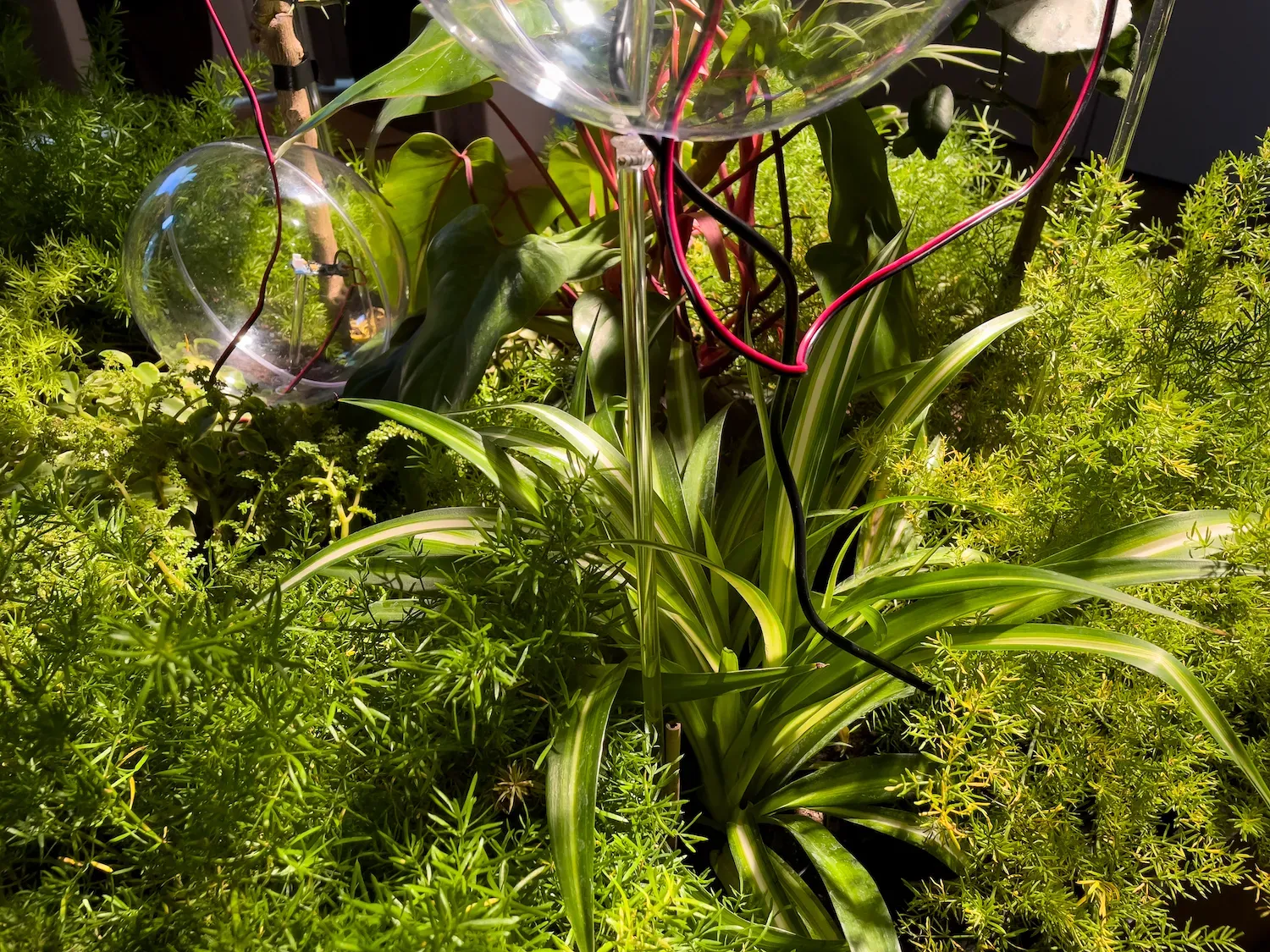
Methods: Biotechnology and Plant Intelligence
The process begins with collaboration between institutions to access pre-Hispanic plant and crop specimens from collections. Using tomographic scanning, both the internal and external structures of these specimens are mapped. These forms are then 3D printed in clay-like materials, preserving botanical detail. A pneumatic system injects pressurized air into the printed forms based on real-time environmental data — in this case, wind patterns captured by elevated sensors to avoid interference. The resulting system “plays” the plant forms in unpredictable ways, translating natural forces into sound and movement.
Zhang Tianyi (CN) is a Beijing-based artist pursuing a PhD in Art and Technology research at the Central Academy of Fine Arts (Beijing). She holds a master’s degree in Art and Technology from the same institution and studied at the École Supérieure d’Art du Nord-Pas de Calais in France.
Her practice spans Ecological Art and BioArt, using interdisciplinary research to merge machines and ecology in the service of ecological restoration. Technology is not treated as a threat to nature but as a collaborator, offering new ways to address the ecological consequences of anthropocentrism.

